Mindful In May 2021 | Day 10
Day Ten
DAY 10: Dr Elise Bialylew interviews Bhante Buddharakkhita
Video Objectives About Bhante Buddharakkhita Video Objectives
You’ll learn:
- The fascinating story of a Ugandan master diver instructor who gave up his hedonistic lifestyle to become a monk.
- A key factor that increases the stress in your life and what to do about it to reduce stress.
- How to manage your cravings more effectively.
- The importance of raising money this May to bring clean water to those in need (stories about the relevance of this).
- The key ingredient in making meditation a habit.
 Bhante Buddharakkhita was born and raised in Uganda, Africa. He first encountered Buddhism in 1990 while living in India, and he began practicing meditation in 1993. He was ordained as a Buddhist monk in 2002 and then he spent eight years under the guidance of Bhante Gunaratana at the Bhavana Society. He is the founder of the Uganda Buddhist Center in Uganda. He is on the council of spiritual advisers to the Global Buddhist Relief, New Jersey. Bhante has been teaching meditation in Africa, Australia, Europe, Asia, and the U.S, since 2005. His book, Planting Dhamma Seeds: The Emergence of Buddhism in Africa, tells the story of his religious and spiritual work in Africa.
Bhante Buddharakkhita was born and raised in Uganda, Africa. He first encountered Buddhism in 1990 while living in India, and he began practicing meditation in 1993. He was ordained as a Buddhist monk in 2002 and then he spent eight years under the guidance of Bhante Gunaratana at the Bhavana Society. He is the founder of the Uganda Buddhist Center in Uganda. He is on the council of spiritual advisers to the Global Buddhist Relief, New Jersey. Bhante has been teaching meditation in Africa, Australia, Europe, Asia, and the U.S, since 2005. His book, Planting Dhamma Seeds: The Emergence of Buddhism in Africa, tells the story of his religious and spiritual work in Africa.
Prefer to listen, rather than watch? Click the play button below.
Want to read the transcript from this interview? Mind Life Project members receive access to interview transcripts and 6 months of mindfulness support, live meditations, and more👇
Click here to download the transcript from Dr Elise Bialylew’s interview with Bhante Buddharakkhita.[/accessally_has_any_tag]
Your meditations for today
Steadying The Mind with Rick Hanson
Rick Hanson, Ph.D., is a psychologist, Senior Fellow of the Greater Good Science Center at UC Berkeley, and New York Times best-selling author. His books are available in 28 languages and include Resilient, Hardwiring Happiness, Buddha’s Brain, Just One Thing, and Mother Nurture. He edits the Wise Brain Bulletin and has numerous audio programs. A summa cum laude graduate of UCLA and founder of the Wellspring Institute for Neuroscience and Contemplative Wisdom, he’s been an invited speaker at Oxford, Stanford, Harvard, and other major universities, and taught in meditation centres worldwide.
Body Scan For Sleep with Vidyamala Burch
Vidyamala co-founded Breathworks a Social Enterprise which has now spread internationally with accredited trainers in over 35 countries. She also co-founded Breathworks Foundation – dedicated to making mindfulness and compassion training available to anyone regardless of circumstances. She is the author of 3 books: Mindfulness for Health – a practical guide to relieving pain, reducing stress and restoring well-being co-authored with Danny Penman; Mindfulness for Women co-authored with Claire Irvin; Living Well with Pain and Illness – how mindfulness can free you from suffering.
A Meditation for children
Sleep For Kids with Susan Kaiser Greenland
Download the Meditation HereSusan Kaiser Greenland is an internationally recognized leader in teaching mindfulness and meditation to children, teens, and families. She played a foundational role in making mindfulness practices developmentally appropriate for young people and helped to pioneer activity-based mindfulness with her first book The Mindful Child. Her second book, Mindful Games, offers simple explanations of complex concepts, methods, and themes while expanding upon her work developing activity-based mindfulness games. In addition, Susan has recorded a series of brief guided meditations for grownups entitled Mindful Parent, Mindful Child.
MANAGING OBSTACLES THAT ARISE IN MEDITATION
Bhante’s story is fascinating and he offers us valuable strategies to help overcome some of the obstacles we encounter when trying to make our meditation a regular practice. He tells us of his own challenges in meditation (which is reassuring, after all, if a Buddhist monk has trouble remembering to meditate).
He shares:
MANAGING OBSTACLES THAT ARISE IN MEDITATION
There are five obstacles that can commonly arise in our meditation practice (and in life!), and they were described thousands of years ago in the ancient meditation texts.
They can throw us off track, creating a very unsettled mind and, at worst, leading us to give up entirely.
They are:
- Desire or craving and wanting.
- Aversion – not wanting.
- Lethargy.
- Restlessness.
- Doubt.
But we will explore the first obstacle – desire or craving – today because it’s a “big” one!
Desire or craving is the force that makes this present moment feel unsatisfying. We long for things to be different from how they are right now.
This is one of the common obstacles that arises in our meditation practice, and during meditation, we have the opportunity to practise observing our desire or cravings rather than acting upon them.
Today when you meditate, be aware of the different cravings or desires that come up.
These might be:
- A desire for a thought to go away.
- A desire for a feeling to go away.
- An urge or craving to get up and do something.
- An itch.
See if, rather than acting upon the craving or desire, you can just sit with that feeling and observe it.
The force of craving is like a wave of energy that builds and then calms.
Through focusing our attention on the feeling of craving, rather than the object that we crave, mindfulness becomes the surfboard that allows us to ride the wave of craving with awareness, rather than an unconscious tumble into old habits that keep us stuck.
Our cravings offer us another opportunity to put mindfulness into practice in everyday life. Try these mindful ABCs to meet your cravings with mindfulness.
In everyday life, these cravings may arise as the urge or desire to:
- Check social media
- Eat chocolate
- Drink alcohol
- Avoid being alone
Just start to become aware of what personal cravings have a hold on you, and see if you can practise mindfully observing them.
Here are four steps to managing your cravings mindfully:
A = Acknowledge that a craving is present.
B = Be open and breathe. Be open to the experience of craving and allow it to be exactly as it is. Avoid trying to push it away. As you feel the discomfort of an unsatisfied craving, bring your attention to your breath and use the outbreath to release any tension in your body that may be associated with the emotion.
C = Curiously explore. Bring curiosity to the physical feeling of craving. Where do you experience craving in your body? What’s the quality of the sensations associated with it? Do you feel constricted, agitated, or restless?
Stay with the feeling of craving and notice how it naturally rises, peaks and falls over time. Imagine it as a wave in the ocean: building, reaching its peak, and then disappearing back into the calm water.
Through resisting the craving, you can start to break the habit loop and free yourself from automatic behaviours that are obstructing you from your deepest happiness and wellbeing.
If you are participating in the Facebook group, share what you notice after experimenting with this practice, or head over to Instagram, making sure you hashtag with #mindfulinmay so we can find your post.
stay on track
mark off your daily progress here
[progressally_objectives]
[progressally_progress_pie_chart size=”80″]




DONATE HERE
If you’d like to make a donation, you still can! Every $50 donated will bring clean water to one person for life.
DONATE NOW
Bonus Interviews
Watch Elise’s conversations with four leading well-being experts: Shauna Shapiro, Linda Graham, Frank Osteseski, and Jon Kabat Zinn.
WATCH NOW Back to Mindful in May